10 Best Adventures of 1917
By:
January 5, 2017
One hundred years ago, the following 10 adventures — selected from my Best Nineteen-Teens Adventure list — were first serialized or published in book form. They’re my favorite adventures published that year.
Please let me know if I’ve missed any 1917 adventures that you particularly admire. Enjoy!
- H. Rider Haggard’s Allan Quatermain frontier adventure Finished. Allan Quatermain, English big-game hunter and adventurer, is the hero of over a dozen Haggard novels, including King Solomon’s Mines. Although he supports colonial efforts to spread civilization in the Dark Continent, Quatermain also favors native Africans having a say in their affairs. He is a particular friend of the Zulu people — whose final, unsuccessful battles (in the late 1870s) against English forces this novel depicts. In the first half of this elegiac novel, Quatermain gets involved in the problems of a couple in the bush veld; in the second half, he participates in Zulu war councils and witnesses the tragic demise of a great people. The characters are interesting and amusing; the battles are bloody; and, as always with Haggard, there is a touch of mysticism. The wizard Zikali, ‘The-Thing-that-should-never-have-been-born,’ whom we met previously, finally gets his revenge upon Zulu royalty. Fun fact: This is the third installment in Haggard’s excellent Zulu trilogy, the first two being Marie (1912) and Child of Storm (1913).
- L. Frank Baum‘s Oz fantasy adventure The Lost Princess of Oz. When Princess Ozma disappears from the Emerald City (along with Glinda the Good’s, and the Wizard of Oz’s, magic tools), search parties are formed. Dorothy and the Wizard, accompanied by Button-Bright (from The Road to Oz), Trot (from The Scarecrow of Oz), and Betsy Bobbin (from Tik-Tok of Oz) head to Winkle Country. Along the way, they travel through autocratic kingdoms, and hear tales about Ugu the Shoemaker, an evil wizard. Meanwhile, Cayke the cookie cook (from the Land of the Yips) and Frogman, a conceited humanoid frog, head out in search of her missing magic dishpan. There’s a pure energy compound called zosozo; a bad-ass teddy bear named Corporal Waddle; and a battle between Frogman and Ugu — who’s been turned into a giant dove — in a wicker palace. Crazy! Fun fact: Unlike the previous nine Wizard of Oz sequels — picaresques, intended to introduce readers to new fantastical biomes, each of which Baum hoped he might be able to spin off into its own popular franchise — this one is a mystery, as well.
- P.G. Wodehouse’s comical crime adventure Piccadilly Jim. Considered by many readers to be among Wodehouse’s three best novels, Piccadilly Jim concerns the efforts of reformed playboy Jim Crocker to win the affections of Ann, a young woman who loathes him… by pretending to be someone else, named Algernon; and then, at Anne’s request, by pretending to be Algernon impersonating Jim. Half the novel’s characters are impersonating someone else: Jim’s father, for example, pretends to be a butler; a detective pretends to be a parlor maid; and an international thief pretends to be an aristocrat. Meanwhile, Jim must rescue his loathsome, spoiled young cousin, Ogden, from kidnappers. And there’s a baseball theme thrown into the mix. This is the source, one suspects, for later screwball comedies from The Lady Eve to Hergé’s Land of Black Gold. Fun fact: The story originally appeared in the US in the Saturday Evening Post between 16 September and 11 November 1916.
- Arthur Machen’s autochthonic thriller The Terror. As WWI rages, a small town in Wales is plagued by strange incidents — including the destruction of factories and machinery. Simultaneously, there are a number of bizarre killings in the area: a child is found smothered to death in a field with no marks on her body; a family is beaten to death outside their country cottage; a boat runs aground, its crew dead and reduced to skeletons. At twilight, a vast, dark cloud-like mass filled with twinkling lights looms across the countryside. Are these events connected… and might German saboteurs have something to do with them? A local doctor and a friend begin to connect the dots… which leads them to speculate that the carnage of the war has unleashed awesome forces that threaten humankind. To quote Funkadelic: “If and when the system/creates hunger and hate/then the laws of nature will come/and do her thang.” Fun fact: A short-story version appeared in the Evening News in 1916. Machen had a long literary career — beginning in 1894, when his novel The Great God Pan shocked and titillated readers with depictions of the sex, death, and madness that accompany occult magick practices. In the 1920s, his work was deeply influential on H.P. Lovecraft.
- Sax Rohmer’s Fu Manchu crime adventure The Si-Fan Mysteries (US title: The Hand of Fu Manchu). Subtitled “Being a New Phase in the Activities of Fu-Manchu, the Devil Doctor,” this is a collection of connected stories in which Fu Manchu, an agent of a Chinese secret society, the Si-Fan, again orchestrates terror schemes — in London — with the goal of undermining the balance of global power. In order to assume command of the Si-Fan, Fu Manchu needs a bizarre engraved chest… which colonial police commissioner Nayland Smith has taken possession of, after the mysterious death of the British agent who brought it back from Tibet. Everything is topsy-turvy: Karamaneh, the beautiful servant of Fu Manchu who in previous adventures rescued Smith and his sidekick, Petrie, needs rescuing herself; Fu Manchu is nearly killed — there’s a scene in which his bullet-ridden skull is operated on. Otherwise, though, it’s business as usual: a fast-moving plot, poisonous flowers, an opium den in East London… and an insect-guarded labyrinth! Fun fact: The final installment in what Rohmer intended to be a trilogy — beginning with The Mystery of Dr. Fu-Manchu (1913) and The Devil Doctor (1916). Beginning in 1931, however, Rohmer was persuaded to publish several additional Fu Manchu titles.
- Gustav Meyrink’s occult adventure Walpurgisnacht (Walpurgis Night). In German folklore, Walpurgis Night — April 30, feast day of Saint Walpurga — is also Witches’ Night (when witches meet on the highest peak of the Harz mountain range, and hold revels with the Devil), commemorated around Europe via carnivalesque, neo-pagan celebrations that temporarily upend social and cultural norms and forms. In this satirical work of magical realism, set in WWI-era Prague, German officials squatting in the ancient castle above the Moldau face the terrifying possibility of a Czech revolution; in fact, the independent country of Czechoslovakia would be formed the year after this novel’s publication, following the collapse of the Habsburg monarchy at the end of World War I. The decaying Austro-Hungarian aristocracy is lampooned, but so are the greedy, anti-Semitic, proto-Nazi/Trumpian opportunists who incite mob violence; and ghostly characters drift around the city, haunting their descendants. Mind-control magic is at work, among the rebels; but it doesn’t affect those in command of their own conscience. In an apocalyptic climax, the rebels, urged on by a drum covered in human skin, storm the castle. Fun fact: Meyrink, the German translator of Dickens, found worldwide critical and commercial acclaim with his first novel, The Golem (1915). Today, he is largely a forgotten writer.
- J.A. Mitchell’s Radium Age sci-fi adventure Drowsy. Cyrus Alton, a telepath nicknamed Drowsy because of his drooping eyelids, grows up to attend MIT and become a brilliant scientist. He invents a spaceship equipped with an antigravity mechanism, and flies to the moon, returning with a fantastic diamond… and then, impelled by a psychic bond with a childhood sweetheart, rescues her before she joins a convent. Of greater interest than these rather silly adventures, though, is Mitchell’s account of Drowsy’s childhood. Is he the first of a new species: homo superior? Like the title character of J.D. Beresford’s Hampdenshire Wonder, young Drowsy’s evolved worldview offends his narrow-minded elders. Especially when, for example, he cuts his favorite illustrations out of a Bible; or insists on the morality of untruths; or demands to know why “teacher doesn’t tell us things worth knowing.” Like Daniel Clowes’s Enid Coleslaw, that is to say, Drowsy is a cranky middle-aged freethinker in a child’s body. Fun fact: The author, a Harvard dropout and idler, founded the original LIFE Magazine, later purchased by Henry Luce, in 1883.
- Wadsworth Camp’s supernatural murder mystery The Abandoned Room. For generations, members of the Blackburn family have been found dead in the same bedroom of The Cedars, a remote and crumbling country manse in upstate New York — which is why the room has long been shunned. Yet wealthy Silas Blackburn, who of late has seemed terrified out of his wits, is found dead in the abandoned room — with the doors locked from inside. How? And why? Are supernatural forces at work? (Strange cries are heard in the woods, and a mysterious woman in black flits about.) The chief suspect is Silas’s grandson, Bobby, who was about to be cut out Silas’s will… and who was visiting the Cedars at the time, had blacked out, and can’t remember anything that happened. His monogrammed hankie is discovered in the room. Does Bobby’s cousin, Katherine, who lives with Silas, have something to hide? Did the butler do it? Carlos Paredes, the Panamanian Sherlock Holmes, cracks the case. Fun fact: Charles Wadsworth Camp, a writer and foreign correspondent whose lungs were damaged by mustard gas during WWI, was the father of the writer Madeleine L’Engle. The Abandoned Room was adapted as a silent movie, starring Ivo Dawson as Carlos Paredes, in 1920.
- Victor Rousseau’s Radium Age sci-fi adventure The Messiah of the Cylinder. After sleeping for a century, Rousseau’s protagonist, Arnold Pennell, awakens — like the protagonist of H.G. Wells’s The Sleeper Wakes (1910) — in a socialist, “scientific world freed of faith and humanitarianism.” He is horrified not only by the dazzling, skyscraper-dominated London of the future, but by Britain’s tyrannical utopian order, which is maintained though constant sloganeering and other forms of thought control. Having become an iconic figure to the people of the future, who have been waiting for a Messiah to restore to them their ancient liberties, Pennell leads a revolution — the goal of which is to help Russia restore a moralistic aristocracy in Britain. Fun fact: Serialized, from June–September 1917, in Everybody’s Magazine, The Messiah of the Cylinder is considered one of the first American dystopian stories. It is also one of the first sci-fi stories to use the term “ray gun.”
- Arthur Conan Doyle’s Sherlock Holmes crime adventure collection, His Last Bow. The titular story, “His Last Bow,” the last chronological installment of Conan Doyle’s 56-story Sherlock Holmes series, is a fun piece of WWI-era morale-boosting — in which Holmes foils the efforts of a German agent to smuggle his intelligence out of England. Afterward, Holmes retires from detective work — and spends his days beekeeping in the countryside and writing his definitive work on investigation. (The book’s preface assures readers that as of the date of publication, Holmes is alive and well, and still very much retired.) Other stories here include: “The Adventure of Wisteria Lodge,” “The Adventure of the Bruce-Partington Plans,” “The Adventure of the Devil’s Foot,” “The Adventure of the Red Circle,” “The Disappearance of Lady Frances Carfax,” and “The Adventure of the Dying Detective.”Fun fact: The stories collected here were published — mostly in The Strand Magazine — between 1908–1917; though later editions of also include “The Adventure of the Cardboard Box” (1892).
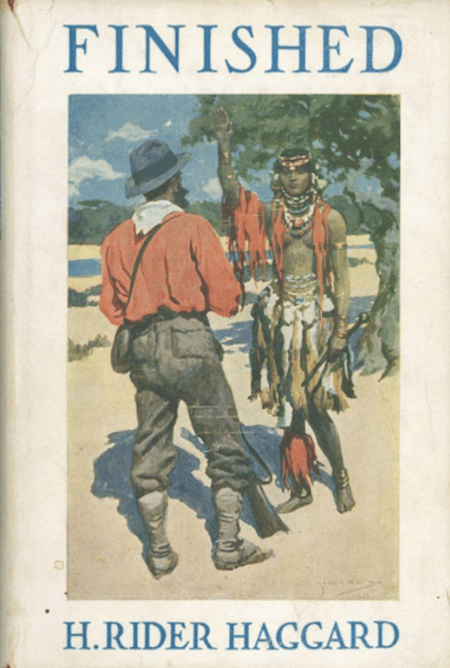
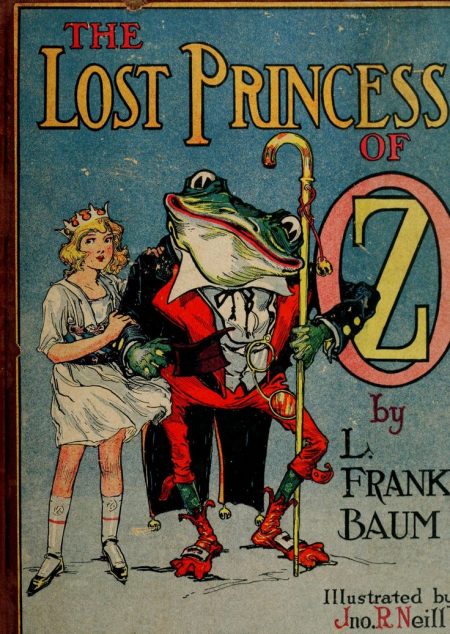
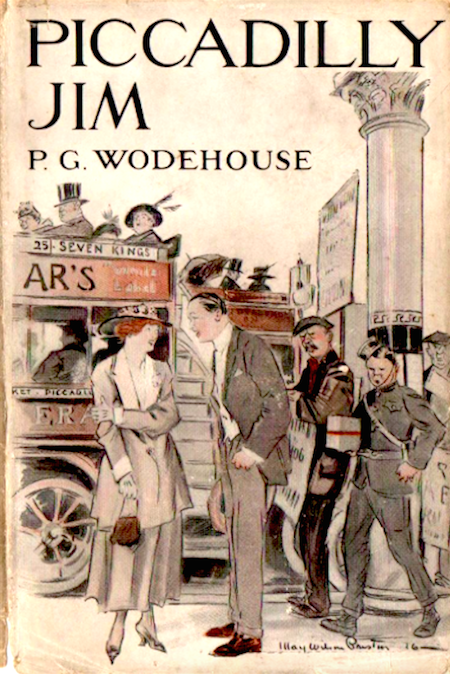
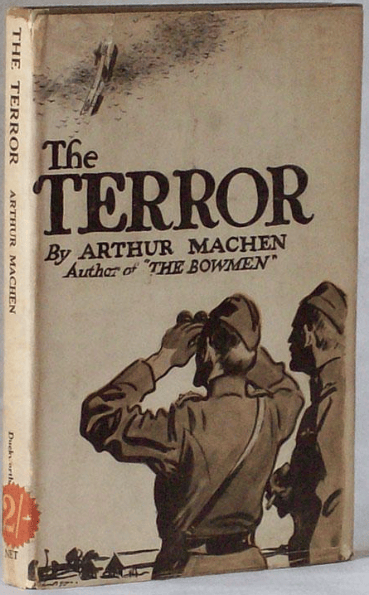
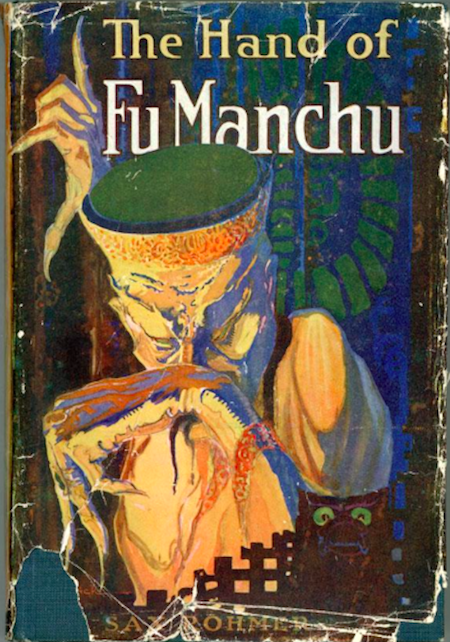
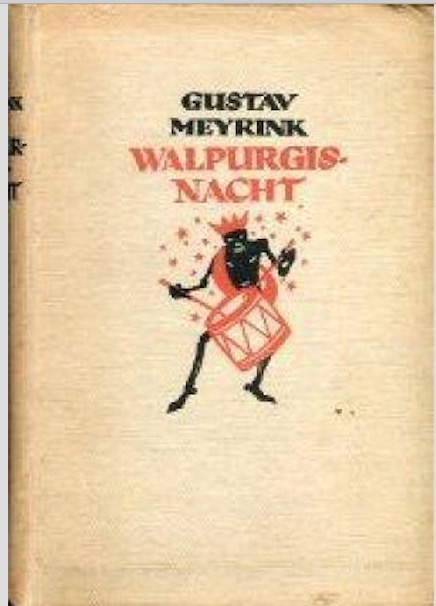
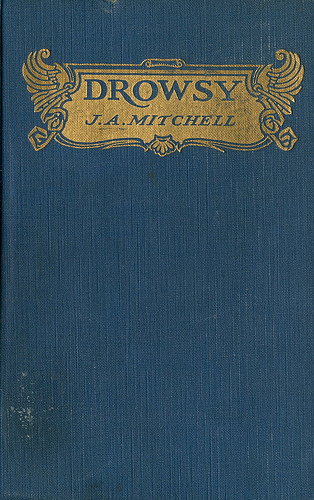

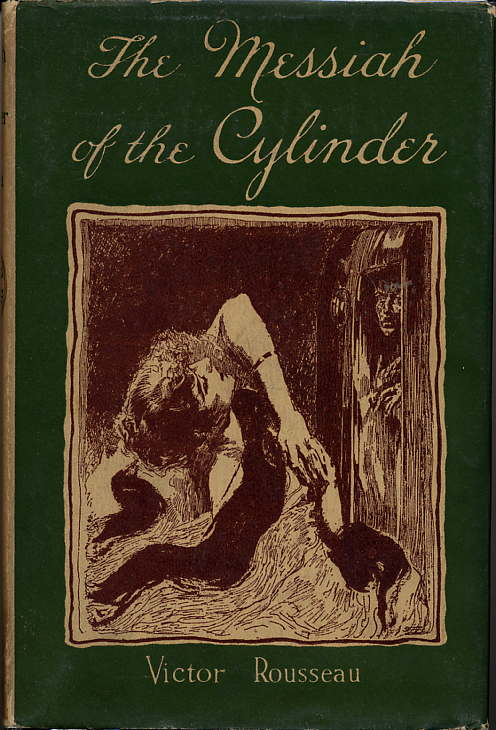
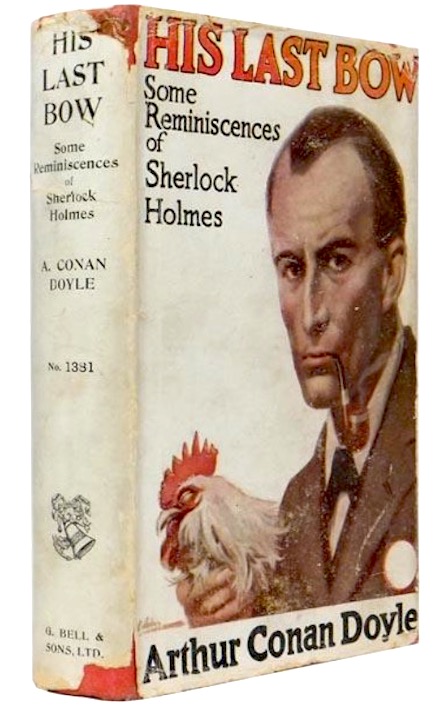
JOSH GLENN’S *BEST ADVENTURES* LISTS: BEST 250 ADVENTURES OF THE 20TH CENTURY | 100 BEST OUGHTS ADVENTURES | 100 BEST RADIUM AGE (PROTO-)SCI-FI ADVENTURES | 100 BEST TEENS ADVENTURES | 100 BEST TWENTIES ADVENTURES | 100 BEST THIRTIES ADVENTURES | 75 BEST GOLDEN AGE SCI-FI ADVENTURES | 100 BEST FORTIES ADVENTURES | 100 BEST FIFTIES ADVENTURES | 100 BEST SIXTIES ADVENTURES | 75 BEST NEW WAVE SCI FI ADVENTURES | 100 BEST SEVENTIES ADVENTURES | 100 BEST EIGHTIES ADVENTURES | 75 BEST DIAMOND AGE SCI-FI ADVENTURES | 100 BEST NINETIES ADVENTURES (in progress) | 1994 | 1995 | 1996 | 1997 | 1998 | 1999 | 2000 | 2001 | 2002 | 2003 | NOTES ON 21st-CENTURY ADVENTURES.
